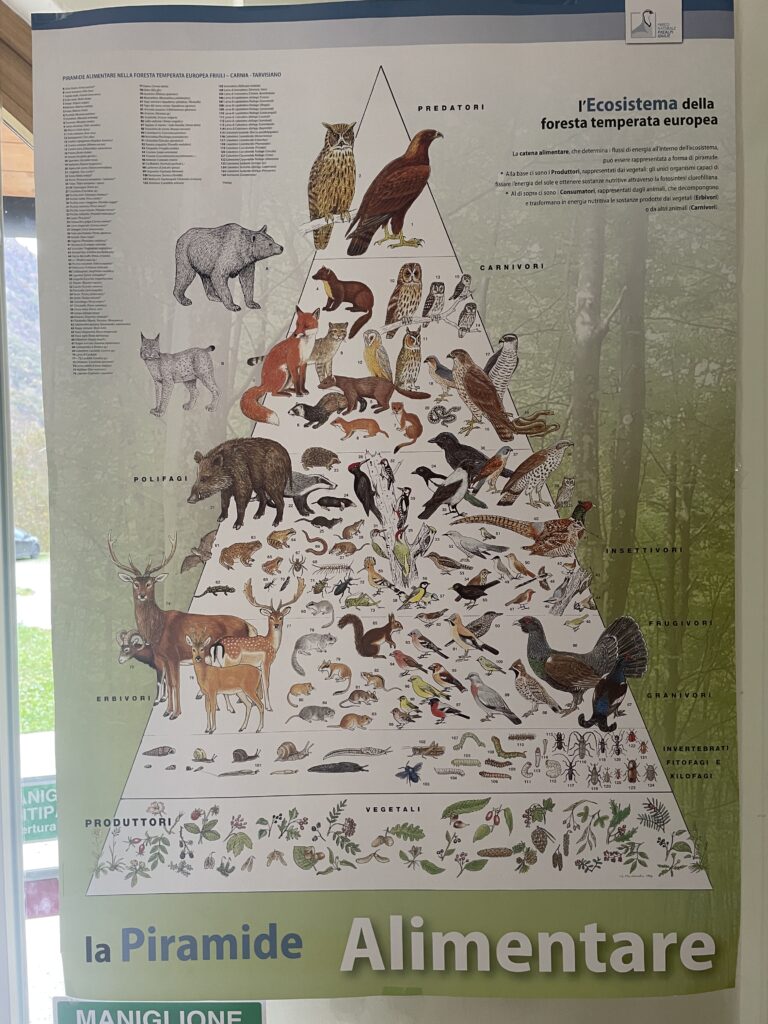The responsibility for ensuring global safety begins with the protection of single towns. Local authorities are actively engaged in supporting initiatives and institutions that are working to save the environment and promote ecology, which will have a positive impact on the future of our planet.
Udine is a place where the commitment to the protection of ecosystems and biodiversity is clearly visible. This city is located in north-eastern Italy, situated close to the border with Slovenia and Austria.
Udine is known for a network of canals. Most of them are frequently running beneath the urban landscape, yet some canals remain visible. The water corridors have many functions – for instance, to protect the town from the potential impact of flooding. By allowing water to flow into them, the canals effectively prevent the accumulation of excess water on the streets of the town. Furthermore, there are turbines installed in the canals, which generate energy to supply factories or hydroelectric power plants. Besides, the presence of water facilitates land reclamation, ensuring that the space is irrigated or drained if required. The presence of canals allows for the natural generation of energy, thereby reducing the consumption of non-renewable energy sources.
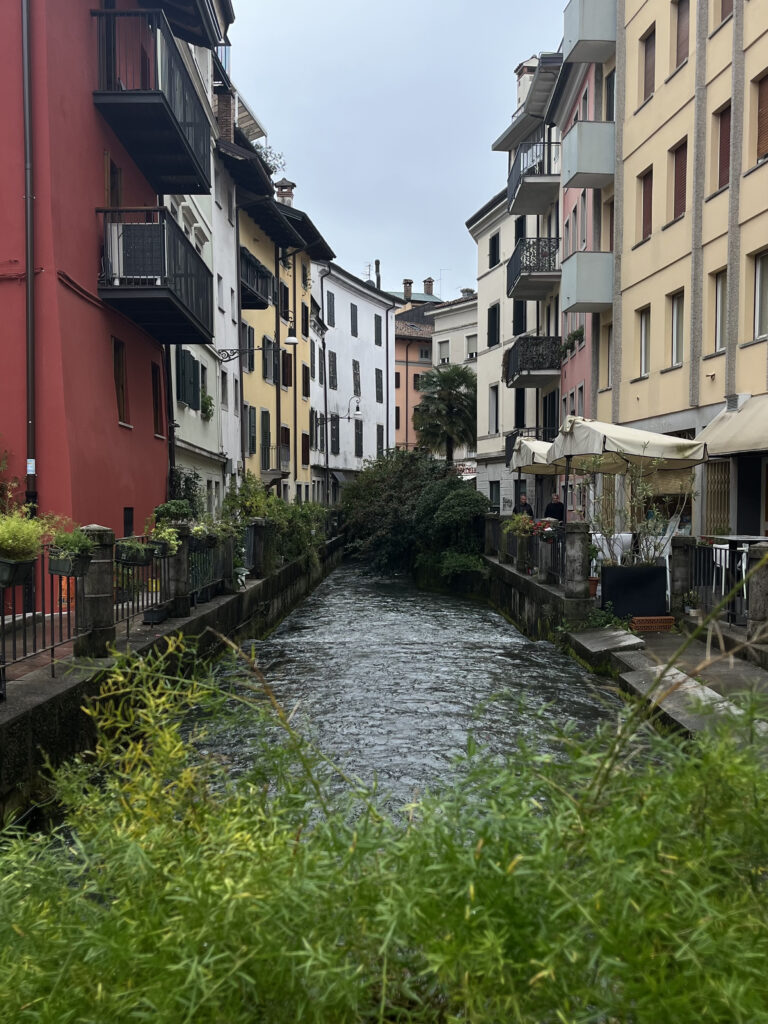
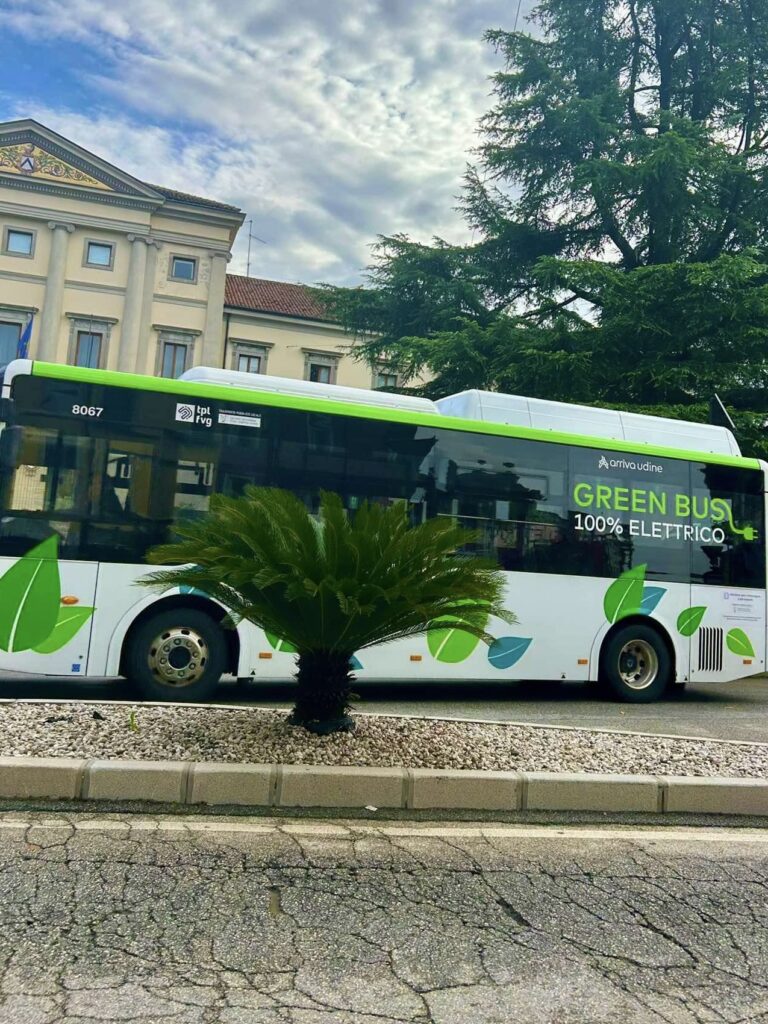
Another noticeable aspect of Udine’s urban landscape are multiple bicycle paths, showing a consistent use of bicycles. This aligns with the second aspect of environmental protection named green transport. The city’s public transportation system includes numerous electric buses, which contribute to the reduction of CO2 production.

Furthermore, the local authorities point out the importance of urban greenery, keeping it even inside of the city centre. In addition to their aesthetic value, plants facilitate the presence of flora and fauna in the urban environment. They provide a source of fresh air – this results in a higher percentage of oxygen in the atmosphere of the city, which is free from saturation by pollutants.
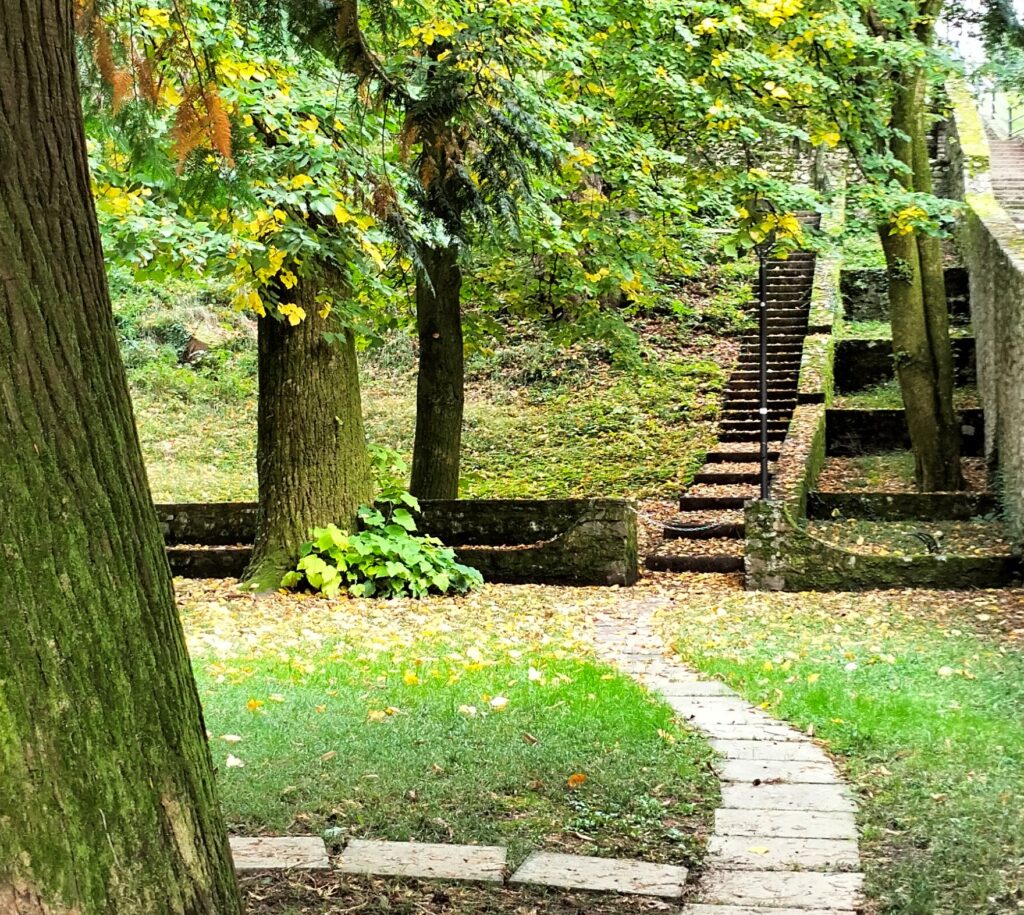
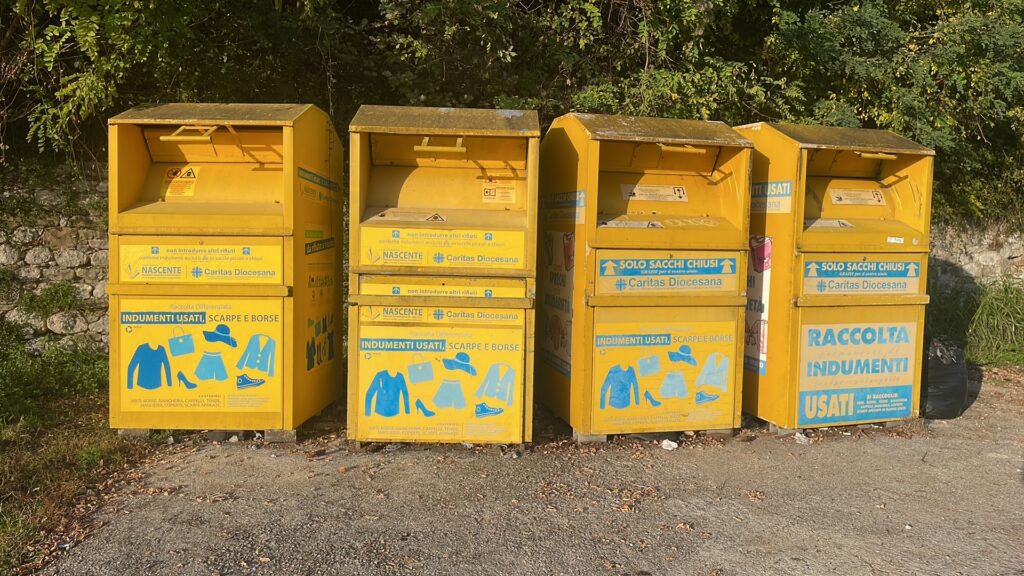
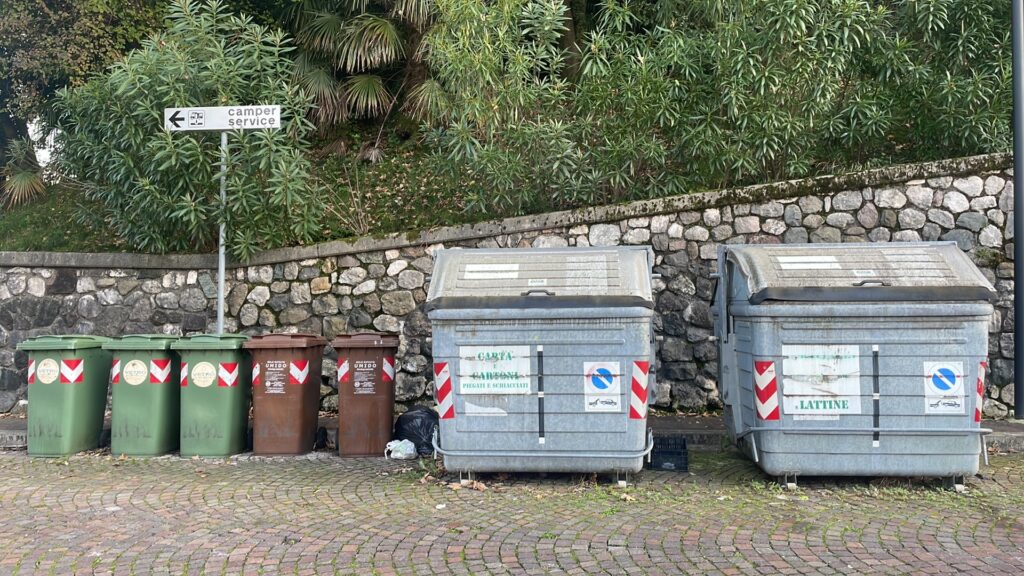
The Udine community provides an urban space for the segregation of waste and giving away used materials. The recycling of used packagings allows them to be transformed into new things that are both eco-friendly and sustainable. This results in the optimal conditions for a circular economy, which is considerably more environmentally friendly. It is a closed loop, which eliminates the need for raw material extraction. What is more, thrifting is becoming more and more popular this days, which also contributes to ecology. In conclusion, this results in the prevention of the production of new items in factories and the reduction of CO2 emissions into the environment.
The designated areas are used not only to separate region’s natural habitats, but also takes the responsibility for the safety of particular species. These activities are accomplished thanks to preserves, which consists of extensive habitats. These facilities protect the natural resources while also providing them with the proper conditions for optimal development and survival. In certain cases, this also enables the reintroduction of particular species belonging to flora and fauna.
